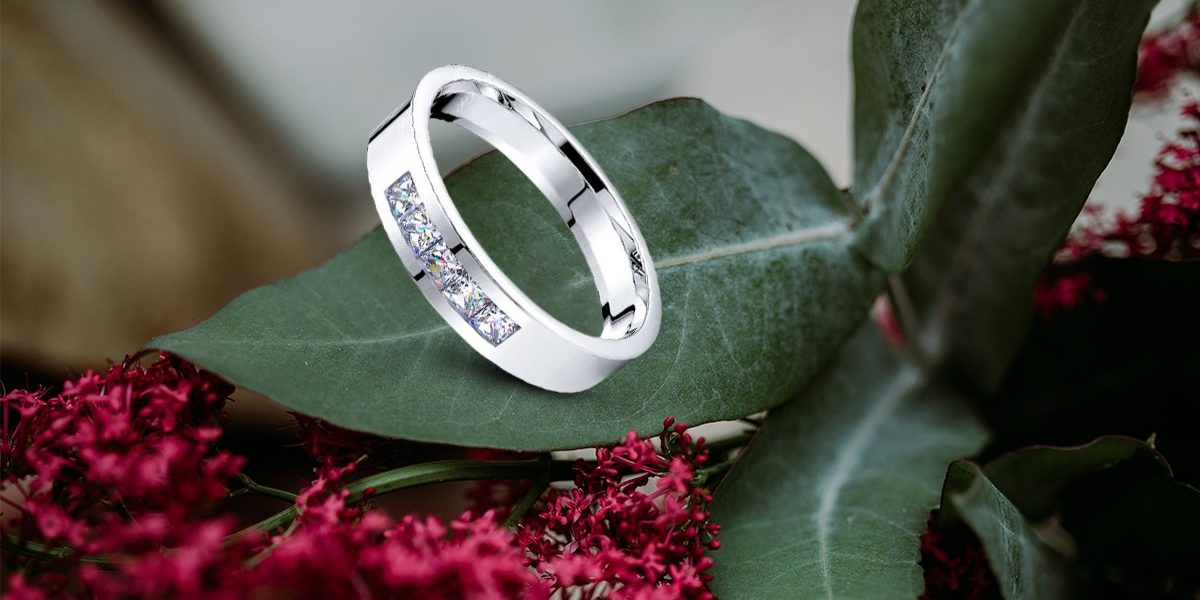When it comes to purchasing a diamond, one of the most common questions people ask is, “How big is your diamond?” Whether you are selecting a diamond for an engagement ring or simply looking to add to your jewelry collection, understanding diamond size is an essential part of the buying process. The size of a diamond is often one of the most important factors that influence its value and visual appeal. In this article, we will explore what determines the size of a diamond and how it affects its overall appearance and worth.
Table of Contents
ToggleWhat Does “How Big Is Your Diamond” Really Mean?
When people ask, “How big is your diamond?” they are usually referring to the carat weight of the diamond. The carat is the unit of weight used to measure diamonds, with one carat equaling 200 milligrams. It is important to note that carat weight is different from size, as two diamonds with the same carat weight can have different dimensions depending on their shape and cut. Understanding this distinction is key to fully appreciating the true size of your diamond.
The Role of Carat Weight in Diamond Size
Carat weight is one of the primary factors that determine how big a diamond appears. However, carat weight alone doesn’t tell the full story. A diamond’s cut and shape can make a significant difference in its perceived size. For instance, a well-cut round diamond will often look larger than a similarly weighted princess-cut diamond due to the way light reflects off its facets. Thus, when you ask “How big is your diamond?” you should consider both its carat weight and its cut.
How Diamond Cut Affects Perceived Size
The diamond cut plays a vital role in how big the diamond looks. A diamond with an excellent or ideal cut will reflect light in a way that enhances its brilliance, making it appear larger and more sparkling. On the other hand, a poorly cut diamond, even if it has a higher carat weight, can appear smaller due to its lack of sparkle and depth. Therefore, when assessing the size of a diamond, it is important to take into account not just the carat weight but also the cut quality.
Understanding Diamond Shapes and Their Impact on Size
Another factor that influences the perceived size of your diamond is its shape. Diamonds come in a variety of shapes, including round, oval, emerald, cushion, and pear. Some shapes, like the round brilliant, are known for their brilliance and fire, which can make them appear larger than their actual size. Other shapes, like the oval or marquise, are elongated, which can create the illusion of a larger diamond. So when considering how big your diamond is, the shape can play a significant role in how it is perceived visually.
The Importance of Diamond Setting in Size Perception
In addition to the diamond itself, the setting can also affect how big your diamond appears. The setting refers to how the diamond is mounted onto the jewelry, and certain settings can enhance the visual size of the diamond. For example, a halo setting, where smaller lab grown diamonds surround the center stone, can make the main diamond look bigger. Similarly, prong settings, which hold the diamond up higher, can increase the visibility of the diamond’s size. So, when you are asking, “How big is your diamond?” remember that the setting can significantly affect its perceived size.
Other Factors Affecting Diamond Size
Beyond carat weight, cut, shape, and setting, there are a few other factors that can influence how big your diamond looks. For instance, the diamond’s color can play a subtle role in its size perception. Lighter diamonds, particularly those with a higher color grade, can appear larger due to the way they reflect light. Additionally, clarity plays a role in the overall appearance of the diamond. A diamond with fewer inclusions will allow for better light reflection, which can give the diamond a larger, more vibrant appearance.
How to Choose the Right Size for Your Diamond
When choosing the right diamond size, it’s important to balance carat weight with other factors such as cut, color, and clarity. If you are wondering, “How big is your diamond?” and considering different options, start by understanding the trade-offs between size and quality. For example, a slightly smaller diamond with a superior cut, color, and clarity may appear much larger and more brilliant than a larger diamond with poor cut quality. This is why it is crucial to think about the overall quality of the diamond rather than just focusing on its size.
Diamond Size vs. Diamond Value
It’s also important to understand how diamond size correlates with its price. Larger diamonds are rarer and more expensive, but they don’t always offer the best value. Because diamonds are priced by carat weight, the price per carat increases significantly as the carat weight goes up. In fact, diamonds that are slightly smaller in carat weight can often offer much better value without sacrificing too much in terms of size or beauty. So, when considering how big your diamond should be, think about how you want to balance size and value.
Conclusion
In conclusion, when you ask, “How big is your diamond?” it’s essential to remember that diamond size is determined by more than just carat weight. The diamond’s cut, shape, setting, and overall quality all contribute to how big the diamond looks and its perceived value. By considering these factors carefully, you can choose a diamond that offers the best balance between size, beauty, and value, ensuring that you get the perfect diamond for your needs. Whether you are shopping for an engagement ring or a special piece of jewelry, knowing the key factors that influence diamond size will help you make an informed decision.
